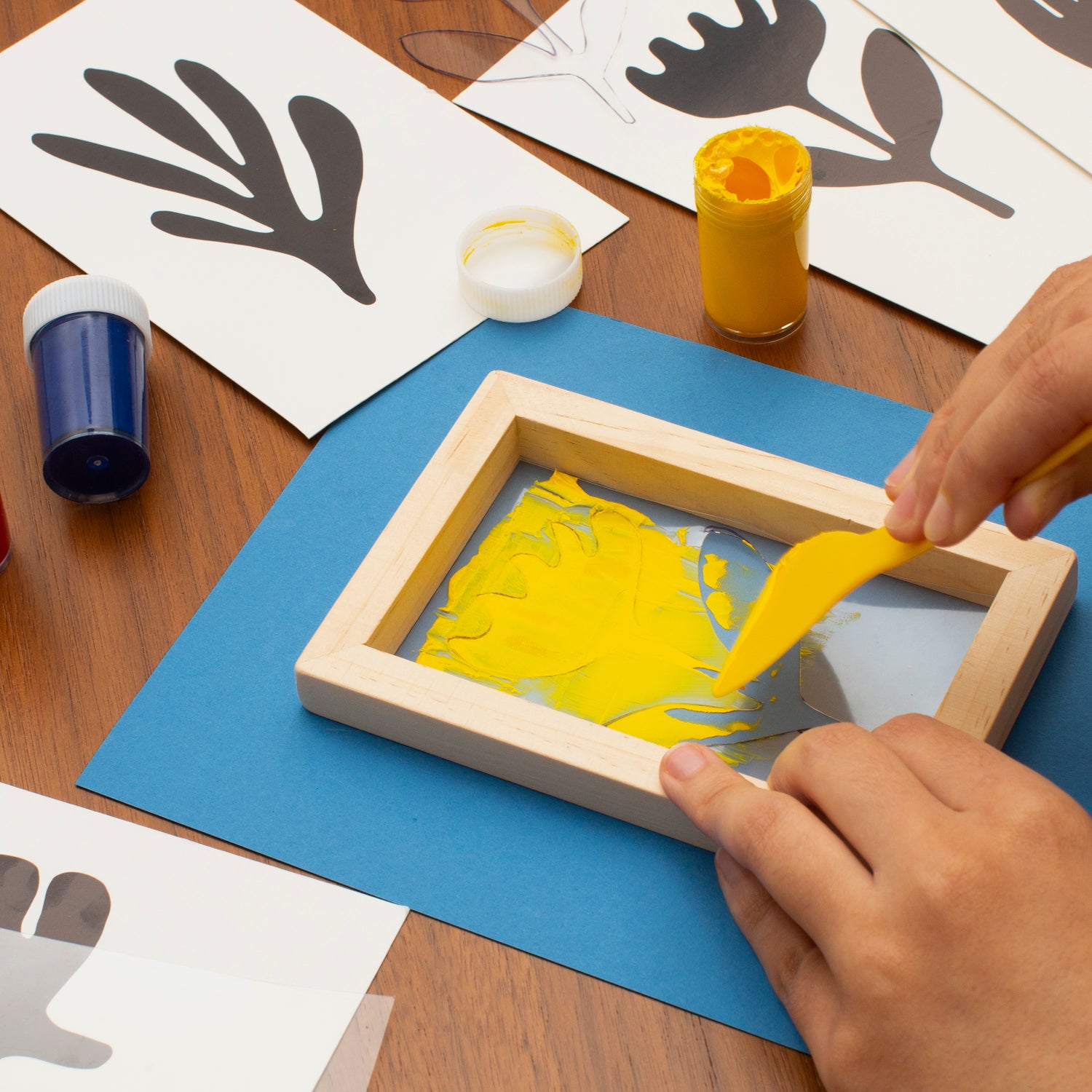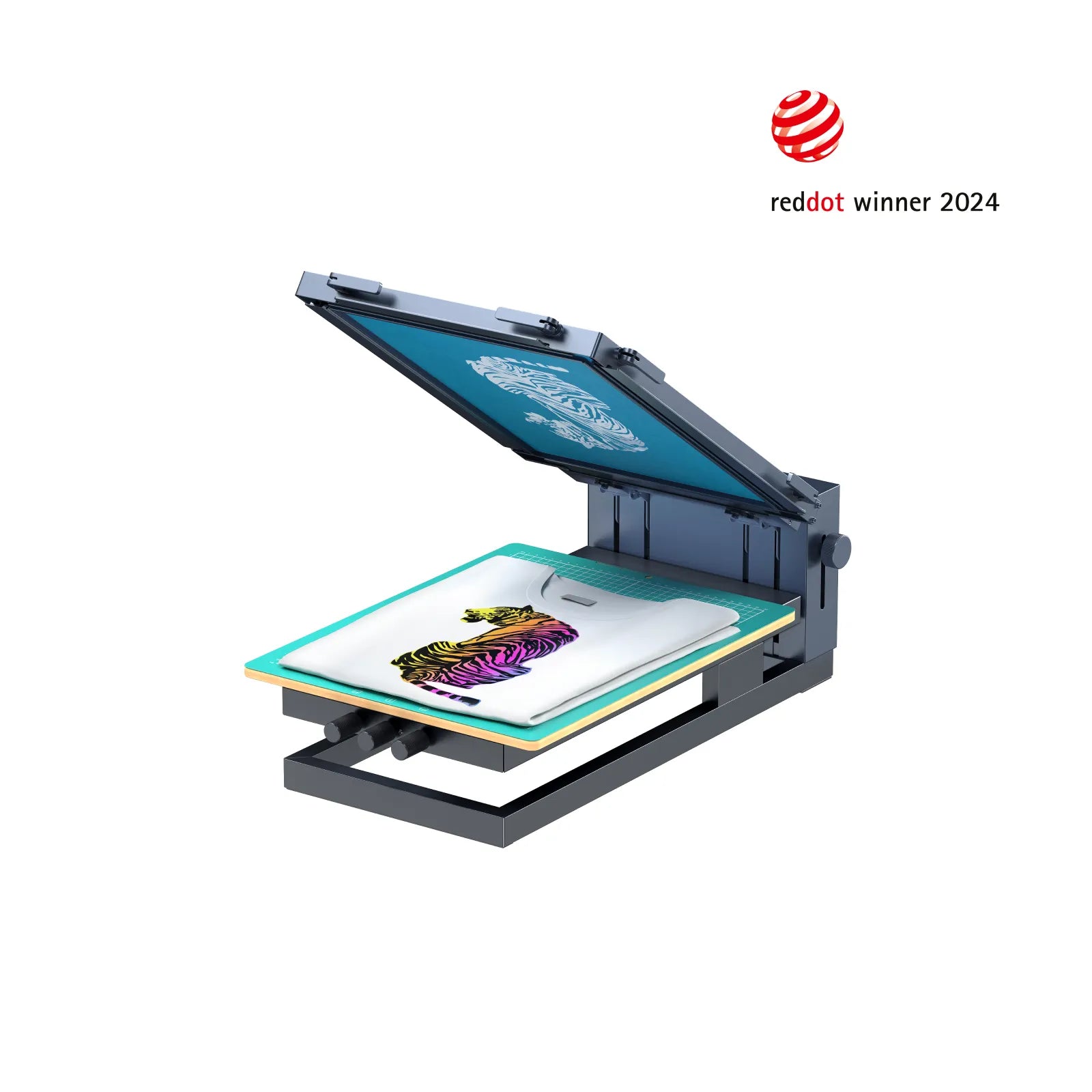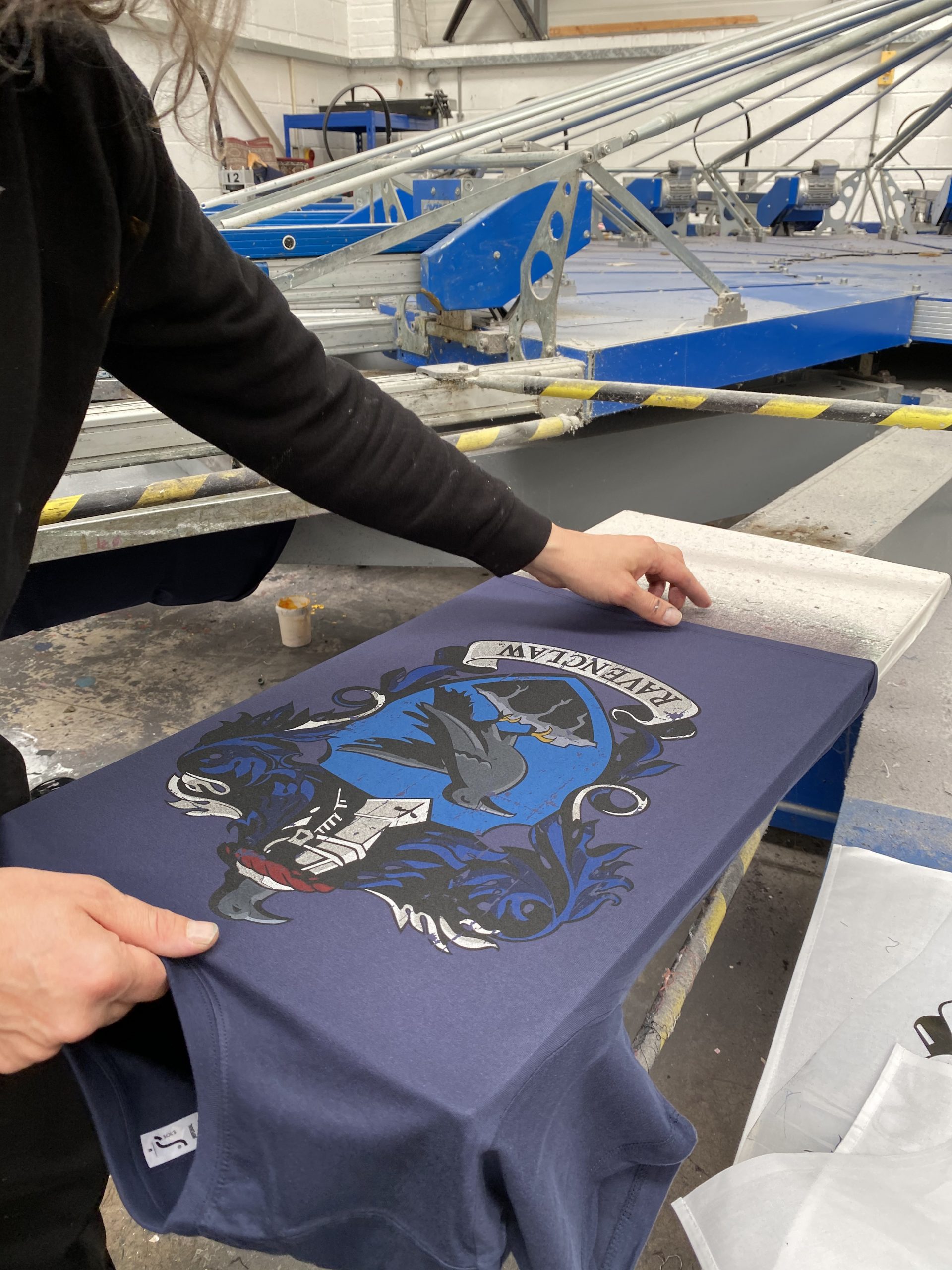ChatGPT said: How 10:9 Design Texas is transforming the screen printing industry
Discover the Different Kinds Of Screen Printing Techniques for Your Next Task
Screen printing provides a diverse series of strategies that can enhance any innovative task. From traditional methods like serigraphy to modern developments such as direct-to-garment printing, each strategy has its special advantages. Specialty choices, consisting of metal and environment-friendly inks, introduce a lot more opportunities. Recognizing these techniques can substantially affect the final outcome. Nonetheless, the difficulty exists in picking the most ideal approach for specific needs and preferred impacts. What variables should one consider?

The Essentials of Screen Printing
Although screen printing may appear facility, it is basically a straightforward process that involves transferring ink through a mesh screen onto different surface areas. The method begins with the production of a pattern, which defines the style to be published. This stencil is connected to a mesh screen, typically made from polyester or nylon. Once the pattern is in area, ink is put on the screen and pushed through the mesh making use of a squeegee, resulting in the wanted pattern being printed on the underlying material.
Screen printing can be carried out on a large range of substrates, consisting of textile, paper, and plastic, making it a flexible choice for numerous jobs. The procedure permits vivid colors and elaborate designs, making it prominent in markets such as art, marketing, and style. Understanding these essentials furnishes people with the foundational understanding called for to check out advanced techniques in screen printing.
Standard Screen Printing Techniques
Typical screen printing techniques have been utilized for centuries, maintaining the workmanship and virtuosity of this approach. This approach utilizes a mesh screen to transfer ink onto a substratum, such as textile or paper, enabling for resilient and vivid designs. The process begins with developing a stencil, which obstructs specific areas of the screen to control where the ink will certainly be used.
One prominent method is serigraphy, typically made use of for restricted versions and creative prints. Another is using water-based inks, which are eco-friendly and offer a soft feel on textiles - 10:9 Design reviews. In addition, standard approaches can include manual printing, where artisans use ink with a squeegee, ensuring accuracy and focus to detail
These strategies remain valued in the sector for their tactile quality and the unique appearances they create, interesting both consumers and designers who value the heritage of screen printing.
Digital Screen Printing Innovations
As the demand for faster production and modification in the printing industry has surged, electronic screen printing advancements have actually become a game-changer. This technology blends standard screen printing methods with digital procedures, permitting fast prototyping and detailed layouts that were formerly difficult to attain. One significant improvement is the intro of direct-to-garment (DTG) printing, which helps with high-quality, full-color prints on numerous fabrics without the need for screens. In addition, innovations in ink solutions have actually caused environmentally friendly options that keep vibrant colors while lessening environmental impact. The use of automated systems even more streamlines production, reducing labor expenses and improving precision. These developments not only deal with little set orders and tailored designs however likewise permit quicker turn-around times, making them optimal for businesses concentrated on conference consumer needs in a busy market. Digital screen printing, consequently, represents an important development in the domain name of printing techniques.
Specialty Screen Printing Methods
Checking out specialty screen printing approaches reveals a diverse variety of techniques that push the boundaries of imagination and functionality in the printing industry. Amongst these, glow-in-the-dark inks offer a special aesthetic result, making styles come alive in low-light problems. Metal inks, known for their shimmering coating, include a touch of high-end to published materials. Another ingenious technique is discharge printing, which gets rid of color from the fabric rather than including ink, resulting in a soft, vintage feel. High-density printing develops a raised texture on the surface, enhancing tactile interaction. Furthermore, water-based inks are acquiring popularity for their vibrant colors and more info here reduced environmental impact. Each of these specialized techniques provides to particular design needs, enabling musicians and brands to produce standout items that reverberate with their target markets. By leveraging these techniques, organizations can elevate their screen printing projects to brand-new heights, making certain memorable perceptions.
Eco-Friendly Screen Printing Options
Eco-friendly screen printing options are gaining grip as the industry changes in the direction of sustainability. Lasting ink options and making use of eco-friendly products are key components in decreasing the environmental impact of the printing process. By taking on these practices, screen printers can add to a more sustainable future while maintaining premium outcomes.
Sustainable Ink Selections

Biodegradable Products Use
As the screen printing market advances, the unification of naturally degradable products is ending up being increasingly vital for eco aware methods. Makers and designers are now checking out inks and substrates made from all-natural, sustainable resources that disintegrate extra efficiently than traditional counterparts. These eco-friendly options minimize plastic waste and decrease ecological effect, lining up with the expanding need for sustainable items.
Common examples include water-based inks and natural cotton materials, both of which decrease harmful chemicals and promote eco-friendliness. Brands that adopt these products frequently enhance their market appeal, drawing in customers that focus on sustainability. As awareness of ecological problems remains to rise, the change in the direction of biodegradable products in screen printing is most likely to obtain momentum, promoting a greener sector requirement.
Selecting the Right Method for Your Job
Exactly how can one determine the most suitable screen printing strategy for a specific job? The decision pivots on several variables, including the material to be published on, the intricacy of the design, and the preferred manufacturing quantity - 10:9 Design Abilene. For circumstances, direct-to-garment printing is ideal for intricate layouts with numerous shades, while traditional screen printing stands out for larger runs of simpler graphics
Additionally, consideration of the end-use of the published item is important. For exterior applications, strategies that supply durability and weather resistance, such as plastisol ink, might be favored. On the other hand, environmentally-conscious projects may take advantage of water-based inks or biodegradable products.
Ultimately, comprehending the news project's one-of-a-kind needs enables an enlightened selection, ensuring both visual charm and useful long life. By examining style complexity, material compatibility, and production range, one can efficiently select one of the most ideal screen printing method to satisfy their task's goals.
Frequently Asked Concerns
What Is the History of Screen Printing?
Screen printing came from old China around 1000 ADVERTISEMENT, developing via Japan and Europe. By the 20th century, it came to be prominent in industrial art and fashion, changing exactly how styles were created and dispersed worldwide.

Just how Do I Prepare Artwork for Screen Printing?
To prepare artwork for screen printing, one need to guarantee high resolution, utilize an ideal color setting, develop different layers for each and every color, and transform message to details, guaranteeing compatibility with the printing procedure and wanted outcome.
What Materials Are Finest for Screen Printing?
The finest materials for screen printing consist of high-grade inks, sturdy screens, and ideal substratums like cotton, polyester, or blends. Furthermore, utilizing ideal emulsion and mops can enhance the printing process and results.
Can I Screen Print at Home?
Yes, screen printing at home is feasible. With the appropriate materials, setup, and strategies, individuals can develop high-quality prints. However, cautious factor to consider of work space and devices is crucial for successful outcomes.

What Are Usual Mistakes in Screen Printing?
Typical blunders in screen printing include improper direct exposure times, insufficient ink uniformity, imbalance of displays, not enough cleaning of materials, and disregarding to test prints. These mistakes can endanger the quality and accuracy of the end product.
Screen printing might appear complicated, it is basically an uncomplicated process that includes transferring ink via a mesh screen onto different surfaces. As the need for faster manufacturing and personalization in the printing sector has actually surged, digital screen printing innovations have arised as a game-changer. Exploring specialized screen printing methods reveals a diverse selection of techniques that press the boundaries of creativity and performance in the printing sector. The best materials for screen printing consist of top notch inks, durable screens, and appropriate substrates like cotton, polyester, or blends (10:9 Design Abilene). Usual errors in screen printing consist of improper direct exposure times, inadequate ink uniformity, misalignment of displays, not enough cleaning of products, and ignoring to evaluate prints